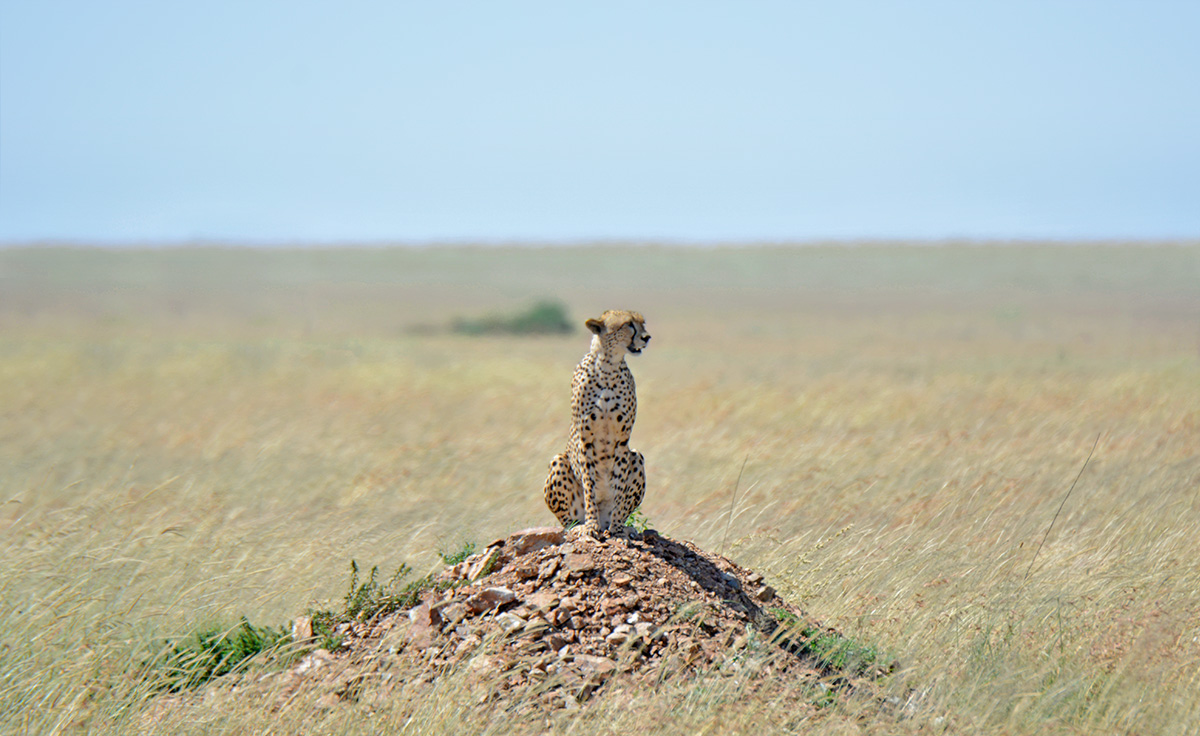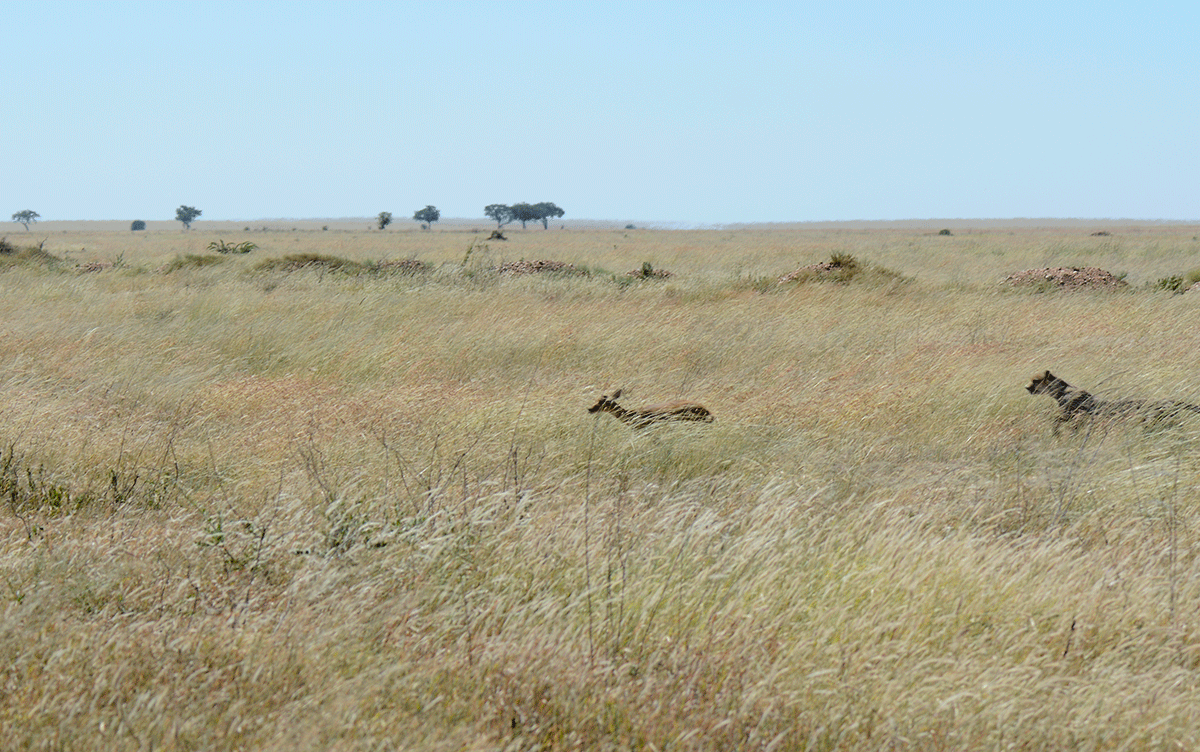The Rarest Wildlife Sightings from My Safari
Great Migration herds, close-ups of black rhinos, an elephant charging through a pride of lions – sometimes you’re lucky enough to see some truly incredible things on safari, events and animals a professional wildlife photographer might spend weeks or months looking for.
On my February Highlights Safari, I saw three things that fit that description – things that made my head guide, John Urio, who has been doing this for over 30 years, gasp and snatch up his binoculars.
The World’s Only Scaled Mammal

Imagine a creature that looks like an armadillo an anteater and a baby dragon; that’s the pangolin, and it’s beyond hard to find. They’re solitary, nocturnal creatures that spend most of their time underground in burrows. Moreover, they’re the world’s most trafficked mammal.
Some people believe the scales that protect them from hyenas and leopards have magical and medicinal properties. Like rhino horn, those scales are made of keratin, which has no medicinal value. The threat pangolins face is so great, I can’t share where I saw this one because it could put it in danger.
What I can say is my head guide didn’t believe it when we spotted it. In 30 years, he had never seen a pangolin up close. A Tanzania wildlife ranger traveling with us had the same reaction; she had only seen a pangolin once, and it was in the course of rescuing it from poachers.
There was a palpable sense of excitement during the encounter. There are a few animals, like the wild dog, that give you bragging rights among wildlife enthusiasts when you seem them in the wild. The pangolin is one.
A Cheetah Chase in the Serengeti
 Photo: Dilan Yogasundaram
Photo: Dilan Yogasundaram
We saw several cheetahs in the Serengeti. They often sit on top of termite mounds to get a good view of the plains and spot prey. We were fortunate enough to see two cheetahs perched on top of some piles of gravel just beside the road.
After a few minutes, one of the cheetahs came down from his gravel mound and started creeping through the tall grass toward our vehicle. We could tell it was stalking something, but we couldn’t see what it was. Then, a reedbuck, one of the smaller antelopes in the Serengeti, exploded out of the tall grass and darted through the gap between the vehicles on the road.
Everyone in our vehicle shot up immediately – including our guide, who was now standing on the threshold of his open driver-side door saying, “wow, wow, wow, wow!”
 Photos: Dilan Yogasundaram
Photos: Dilan Yogasundaram
Seeing the world’s fastest mammal catch its prey is a real treat. They’re remarkably agile despite tearing through the plains at blinding speeds. Your odds of seeing a chase are slim, too, partly because cheetah sightings are rare in and of themselves, partly because the chase is over in a matter of seconds.
Here we were watching a pair of cheetahs crisscross between our vehicles and taking off through the grass just in front of us. After a few seconds, and an unsuccessful jump over one of its pursuers, the reedbuck was taken down, and the cheetahs settled in for a quick meal.
A Lion Steals a Hyena Kill in Ngorongoro Crater
Lots of people think hyenas are exclusively scavengers. That’s a big misunderstanding, especially for the spotted hyenas in Ngorongoro Crater.
All spotted hyena populations in Africa hunt at least 50 percent of their food, according to research by Kay Holekamp, Michigan State University professor in the Department of Integrative Biology and recognized hyena expert. Adding to that, zoologist Hans Kruuk discovered lions scavenging from spotted hyenas more often than the hyenas scavenged from lions in Ngorongoro Crater.
I noticed the same thing. As a courtesy, I’ll say that the remainder of this story is graphic and not for the faint of heart.
Just before noon on our last day, a hyena took off after a wildebeest calf. An adult male wildebeest came over to scare the hyena off, but the hyena quickly switched targets and took a bite out of the adult between its back legs. The calf got away, but the adult wildebeest fell to the ground shortly after the bite, probably because it was in too much pain to fight or escape.
Something I learned that day: When big cats take down prey, they’re kind enough to kill the animal before they eat it – most of the time. Hyenas and wild dogs don’t operate the same way. They’ll eat their prey alive.
Our group saw this play out (turning away from time to time) as the one feeding hyena quickly turned into a ravenous group of 20 or so, along with a few jackals and a growing number of vultures.
Vultures are a beacon for all other predators in the area. When lions or jackals or hyenas see circling vultures, they’ll come by to see what’s happened. Fortunately for us, a group of three male lions were a short distance away. Even a large group of hyenas will retreat from a male lion. We got to see exactly what that looks like.

